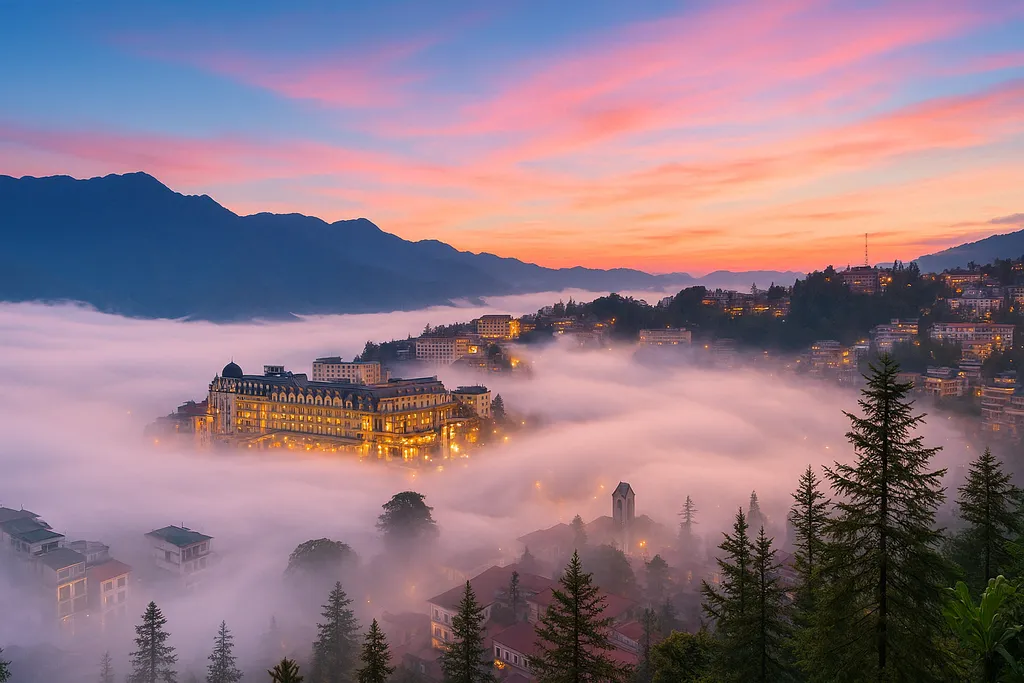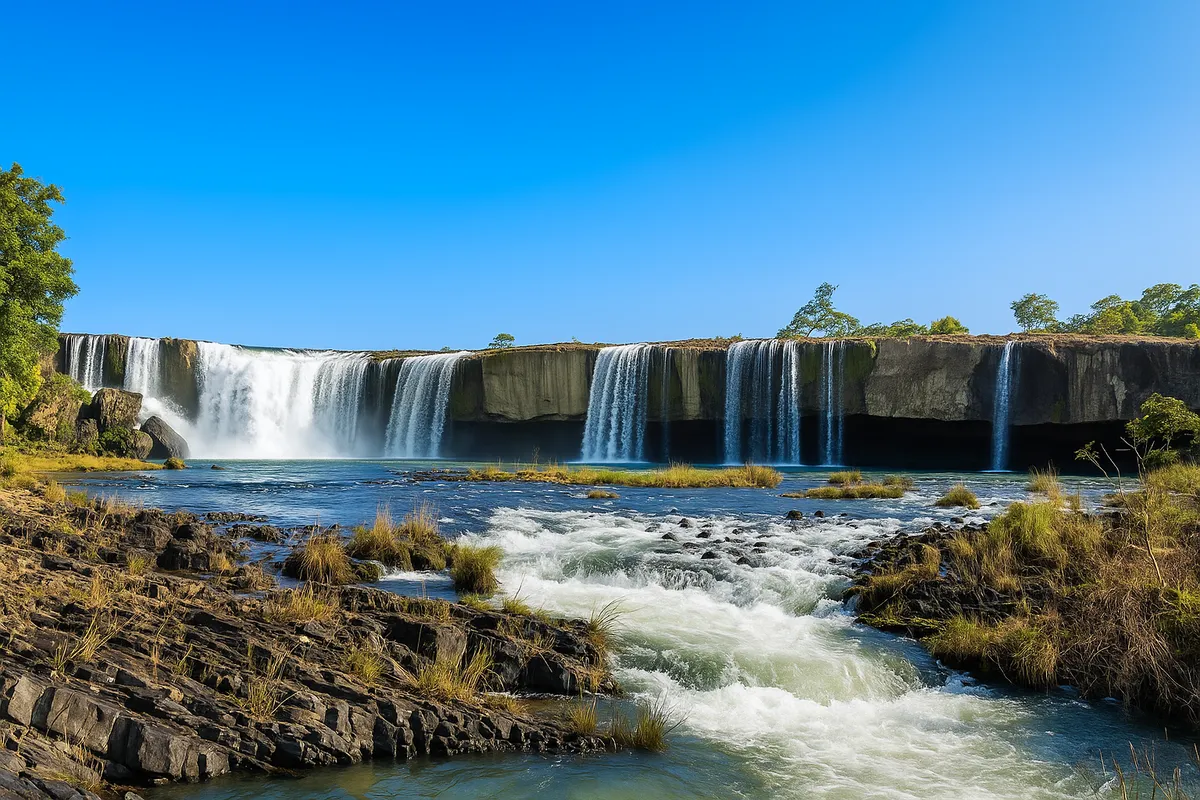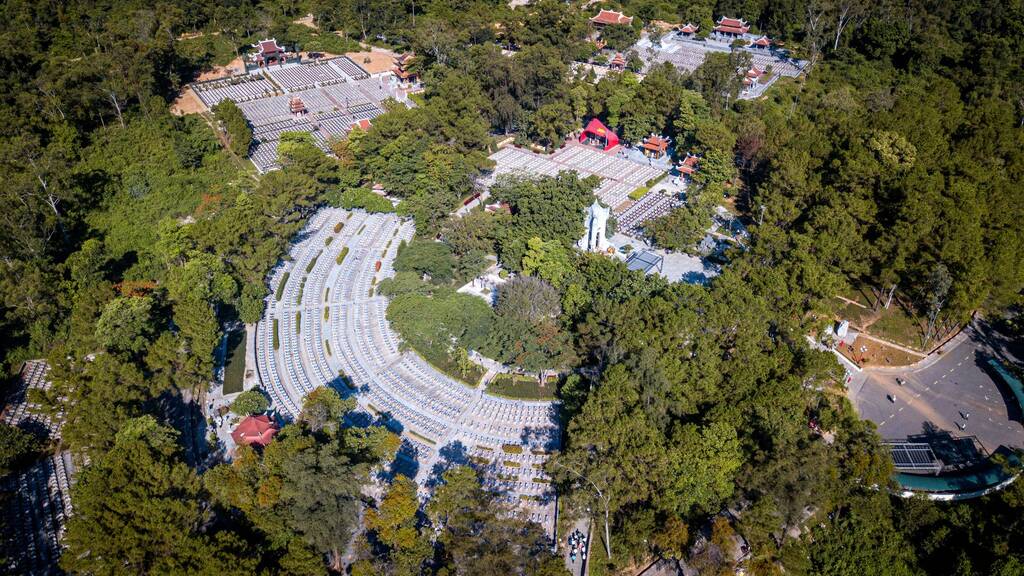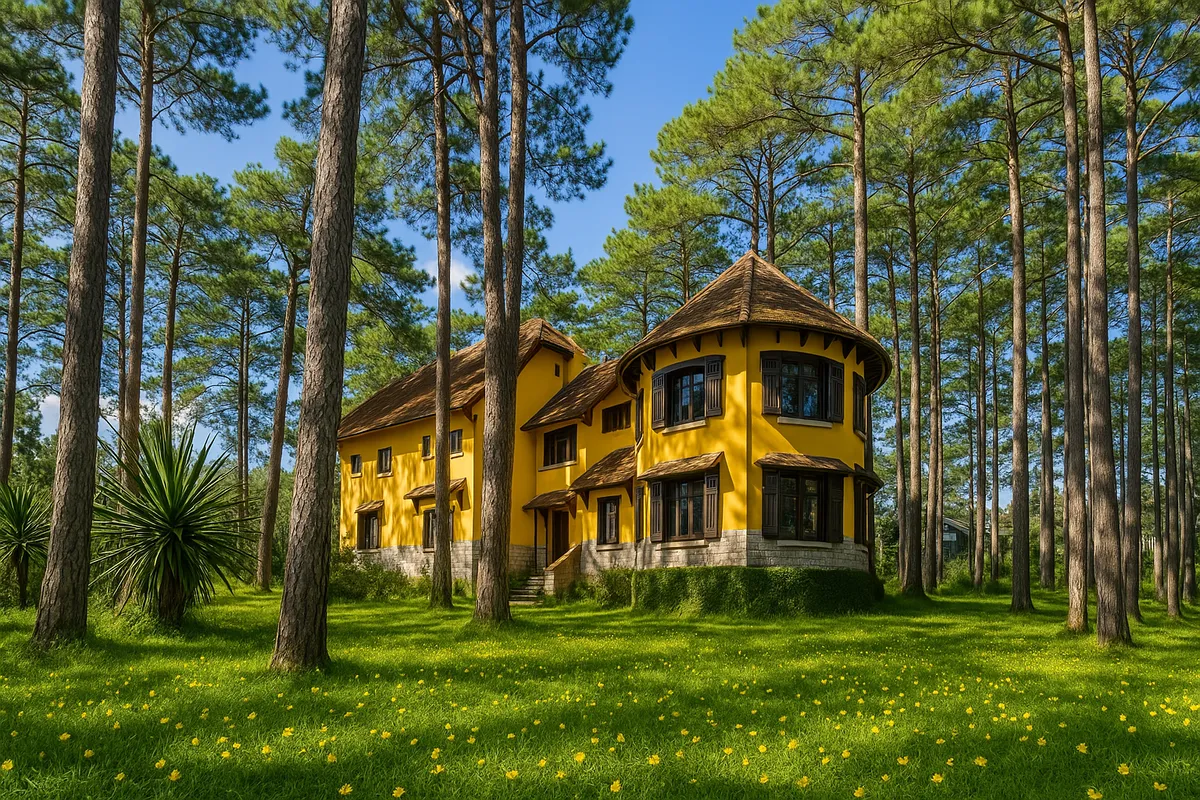Cua Dai Beach - where the past and present meet
- Monday, Jun 09, 2025, 09:46 (GMT+7)
Cua Dai Beach - where the past and present meet
Cua Dai Beach appears like a delicate silk ribbon stretched across central Vietnam, where each wave paints a brushstroke and every stretch of sand is a verse of an unfinished poem. Located to the east of Hoi An, where the Thu Bon, Truong Giang, and De Vong rivers meet the ocean, Cua Dai is not just a beach. It is a gathering place of cultural currents, memories, and unspoiled nature. The sea here is never noisy or showy. It quietly reveals one captivating moment after another, like a slow-motion scene unfolding in real life.
The waters of Cua Dai carry three layers of color, reflecting three moods of the day. In the morning, the sea takes on a cold, clear blue, transparent enough to reveal the sand veins running beneath its rippling surface. As the sun rises higher, the color shifts into smooth jade green, like misted glass. By late afternoon, the sky changes and the sea is covered in deep violet mixed with soft pink, turning the space into something tender and strangely poetic. This change in color is not a myth but a natural phenomenon, created by the mix of silt from the rivers, tidal flow, and sunlight. It is a rare spectacle found in very few places.
Walking barefoot on the fine white sand, feeling its silky softness and hearing the gentle waves tapping like a whispered rhythm in your ear, you begin to understand how Cua Dai enchants with its gentleness. The wind does not push or rush. It carries the salty scent of the sea mixed with a hint of river sweetness, delivering a breath of something old yet peaceful. There is no need to capture anything. Every view at Cua Dai is already a vivid picture etched deeply in memory.
This place was once the gateway to the ancient port of Faifo, a key trading hub in Southeast Asia during the 16th and 17th centuries. Beneath today’s peaceful sand lie the memories of bustling merchant ships, where traders from Japan, China, and Portugal once docked, bringing with them spices, ceramics, silk, and quiet love stories never told. Archaeologists have discovered remnants of ancient wharves beneath the sand, where a once-thriving era unfolded, now remembered only in the scent of a fading breeze.
Along the beach, the round bamboo basket boats still float, untouched by time. Not far from Cua Dai is the Bay Mau coconut forest, once a wartime base, now transformed into a lush green tourism destination. Visitors can paddle through dense canals shaded by coconut palms and listen to local folk tales told in the rich accent of Quang Nam. Someone once said this forest is where history and everyday life sit together over a glass of coconut water, sharing old stories without giving a lecture.
Morning is the perfect time to experience the day’s purest beginning. The sunrise does not rush in but gently reveals itself above the horizon, making the sea sparkle like it has been layered with gold. Small boats glide across the calm water, casting shadows like emotional sketches drawn by nature. In the evening, as the sunset arrives, a soft blend of violet and orange wraps around the sand. Couples sit quietly side by side, their eyes fixed on the sea, as if listening to a silent love song.
This is an ideal place for those wishing to escape the rush of city life without going too far. From the ancient town of Hoi An, it takes less than ten minutes by motorbike. The road to the beach winds through bamboo groves, banana trees, and narrow rice fields, where the countryside meets the sea with no clear divide. From Da Nang, it is about thirty kilometers, just far enough to feel like a sunlit getaway.
Cua Dai offers not only scenery but also flavor. Fresh jellyfish salad mixed with green mango, fragrant grilled stingray, spicy steamed squid with ginger, and sweet clam porridge are all simple dishes that leave a lasting impression. No need for a fancy restaurant. A small wooden table near the water, a gentle breeze, and the soft sound of the waves are enough to awaken every sense. One little known fact is that in the evening, locals often light charcoal fires on the sand to grill freshly caught fish, topped with scallion oil and served with crispy rice paper. It is a small feast full of coastal warmth.
On quiet days without many visitors, Cua Dai returns to its true self, with no embellishment or noise, only sun, sand, and wind. Someone once said the sea here does not sing, it whispers. But for those who listen, the memory lingers forever. And if you ever stay overnight, try lying by the shore under a sky full of stars, with only a simple mat and the hush of waves telling their story. That is when the heart opens, slows down, and softens like the sand beneath your feet.
The people here live gently, slowly, and speak little. But ask them about the sea, and they will answer with their eyes. An old man once said that every morning when he sees the colors of the sea change, he sees his youth again. A child once pointed out to the open sea and said that was where his mother caught her biggest fish. Cua Dai is not just a place. It is a living memory held by an entire community.
Another fascinating fact is that Cua Dai Beach was once ranked among the top twenty five most beautiful beaches in Asia by TripAdvisor. Not because of tall resorts or high-end services, but because of its simplicity and true Vietnamese soul. In this place where sunlight touches every grain of sand and the wind knows how to tell stories, each visitor leaves with something. It may be a dream. It may be a quiet affection.
If one final thought could close the journey, it would be this. There is no need to search for perfection. Some places make us want to return just because of the way the light falls on a boat’s bow, a soft wave hums through the afternoon, or a single walk on the sand brings unexpected peace to the soul.

 CHECKIN.VN
CHECKIN.VN








Share on